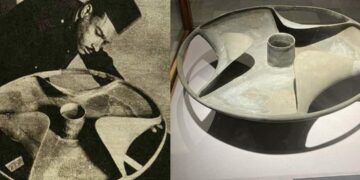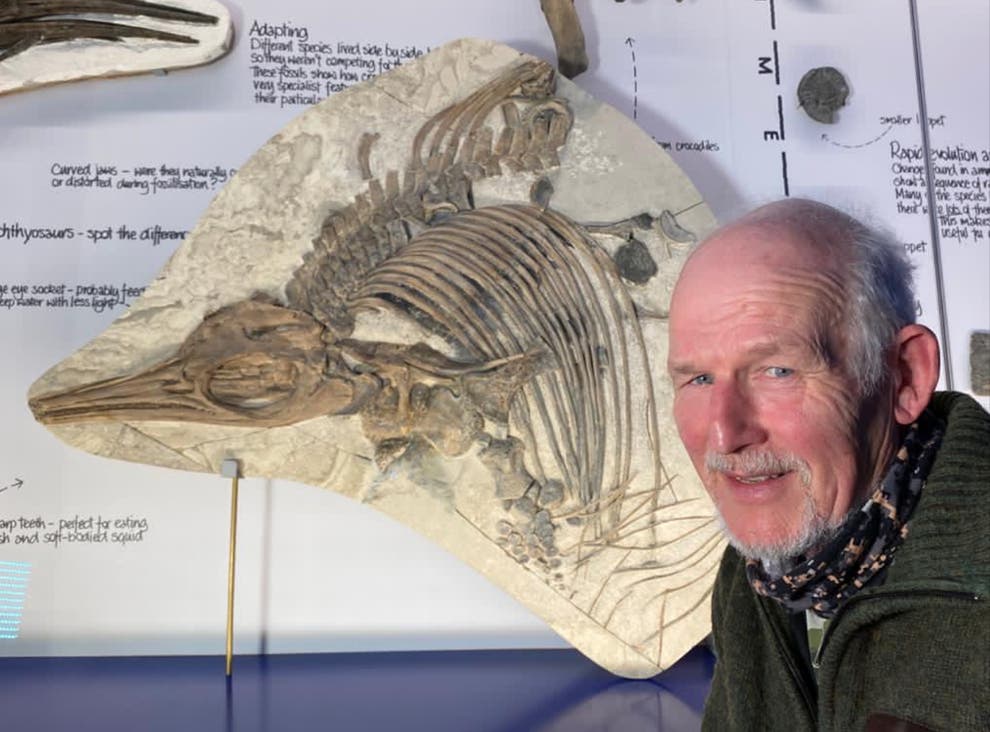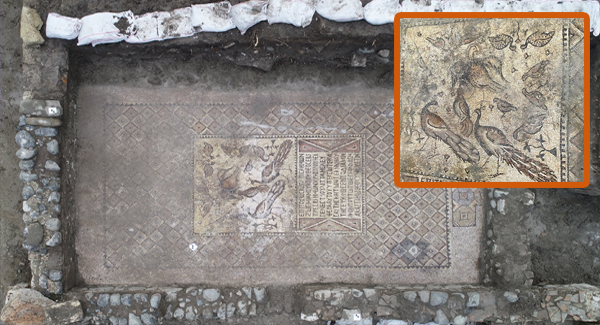We uncover shocking evidence that challenges everything we’ve been taught about ancient Egypt, potentially rewriting human history. Stay tuned, as what you’re about to learn will forever change how you view the past.
Let’s start with the Great Sphinx. Most Egyptologists claim it was built around 2500 BCE, but there’s a problem: the erosion patterns on its body don’t match Egypt’s current dry climate. Geologist Robert Schoch, after years of study, concluded that the Sphinx shows signs of water erosion, suggesting exposure to heavy rainfall. He stated, “I am convinced that it is a ruin from pre-dynastic Egypt.” The last time Egypt experienced such rainfall was over 12,000 years ago during the Younger Dryas period, when the Sahara was lush and green. Schoch credits John Anthony West, inspired by philosopher Schwaller de Lubicz, who first noticed water erosion on the Sphinx. West, an amateur Egyptologist, observed the scalloped erosion patterns and vertical fissures in the trench around the Sphinx, suggesting flooding. He brought Schoch to Giza, who concluded the Sphinx was exposed to at least a thousand years of heavy rain, dating it to around 10,000 BCE, possibly as far back as 12,500 years ago during the Younger Dryas. During this time, the Sahara was fertile, with rivers, lakes, and possibly dense populations, unlike the arid Giza of today.
Now, let’s discuss the pyramids. The three Great Pyramids of Giza are perfectly aligned with the stars of Orion’s Belt, a constellation the ancient Egyptians associated with Osiris, their god of the afterlife. However, this alignment isn’t perfect for 2500 BCE. Using astronomical precession, the stars align perfectly with the pyramids around 10,500 BCE, coinciding with the Sphinx’s likely existence. Is this a coincidence or evidence of a far older civilization? Robert Bauval first noticed that the pyramids mirror Orion’s Belt, a constellation the Egyptians called Sahu, representing Osiris. Unlike random constellations, Orion held deep cultural significance. When precession is factored in, the pyramids’ orientation doesn’t fully match Orion’s Belt in 2500 BCE but aligns perfectly around 10,500 BCE, during the Younger Dryas. The Sphinx, an equinoctial monument, also aligns perfectly with the rising sun on the spring equinox. Visit Giza on March 21 before dawn, stand behind the Sphinx, and you’ll see the sun rise directly in its line of sight.
The Sphinx’s head adds another layer. Researchers like Graham Hancock believe it was originally a lion, symbolizing the constellation Leo, which rose behind the Sphinx during the spring equinox around 10,500 BCE. By 2500 BCE, in the Age of Taurus, a lion’s head wouldn’t make sense, suggesting the Sphinx was recarved into a pharaoh’s head, possibly Khafre’s, thousands of years later, preserving an ancient astronomical message. The Sphinx’s lion-like form resembles Leo, and its head, now wearing a pharaoh’s nemes headdress, may have been recarved from a damaged lion head. In 2500 BCE, an equinoctial marker would likely have been a bull, reflecting Taurus, not a lion, further supporting the older date.
The Giza Plateau’s monuments—the three pyramids and the Sphinx—astronomically align with 10,500 BCE, an unlikely coincidence. Computer models show the Milky Way, prominent at that time, may be mirrored on the ground by the Nile River, possibly why Giza was chosen. The nearby megalithic temples, built with 100-ton blocks, show erosion patterns matching the Sphinx. Granite blocks added later were cut to fit these erosion marks, proving the temples predate dynastic Egypt. The Valley Temple, just east and south of the Sphinx, and the largely destroyed Sphinx Temple in front of it, are megalithic structures with eroded limestone cores refaced with granite, indicating their antiquity.
Now, the Great Pyramid: a 6-million-ton marvel aligned to true north with precision within 1/60th of a degree. Its internal chambers, including the King’s Chamber and the mysterious Subterranean Chamber, suggest it was more than a tomb. Unlike later pyramids covered in hieroglyphs, the Great Pyramid lacks internal inscriptions. The only marking is graffiti in the relieving chambers above the King’s Chamber, allegedly naming Pharaoh Khufu. Discovered by Howard Vyse, who dynamited his way into these chambers, some experts question its authenticity, suggesting it may have been forged. The orthodox timeline claims pyramid building began with Pharaoh Zoser’s pyramid around 2700 BCE, followed by an explosion of true pyramids in the Fourth Dynasty, including those attributed to Sneferu at Meidum and Dahshur, and the Giza Pyramids. After Giza, pyramid building declined sharply. Later pyramids are filled with hieroglyphs, unlike Giza’s, which are bare.
The Great Pyramid’s entrance was unknown until Arab Caliph Al-Ma’mun’s team smashed through the north face in the 9th century, dislodging a stone and revealing internal passageways. These passages, including the ascending corridor and Grand Gallery, slope at 26°, half the pyramid’s exterior 52° angle, showing mathematical precision. The King’s Chamber’s sarcophagus is too large to have been moved through the narrow entrance, suggesting it was built in place. The relieving chambers above, thought to reduce pressure, raise questions, as the Queen’s Chamber below lacks them despite greater weight.
This evidence—an older Sphinx with water erosion, pyramids aligned to 10,500 BCE, and megalithic temples predating dynastic Egypt—suggests a lost civilization with advanced astronomical and architectural knowledge. The Giza Plateau may memorialize a significant time 12,500 years ago, challenging conventional history and inviting us to rethink humanity’s past.























